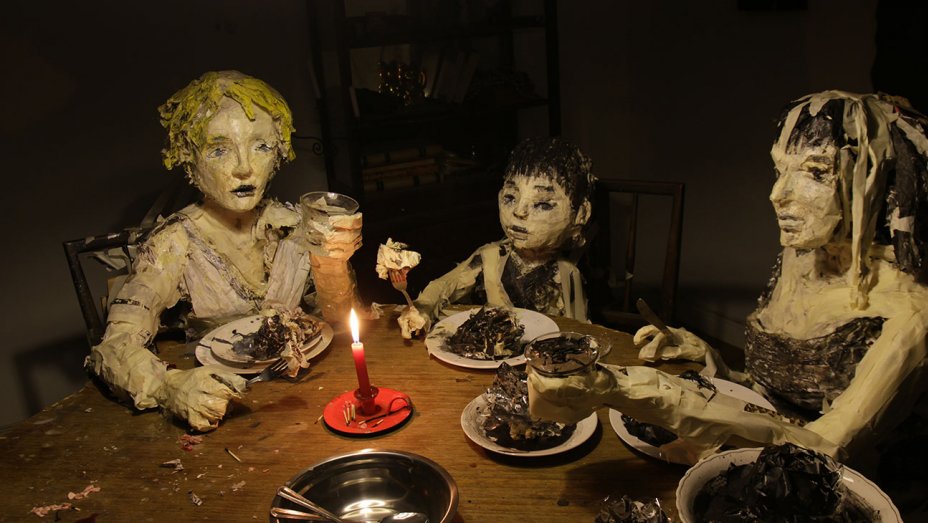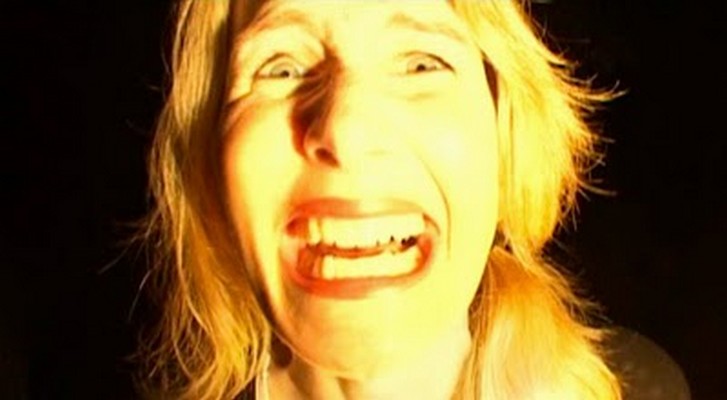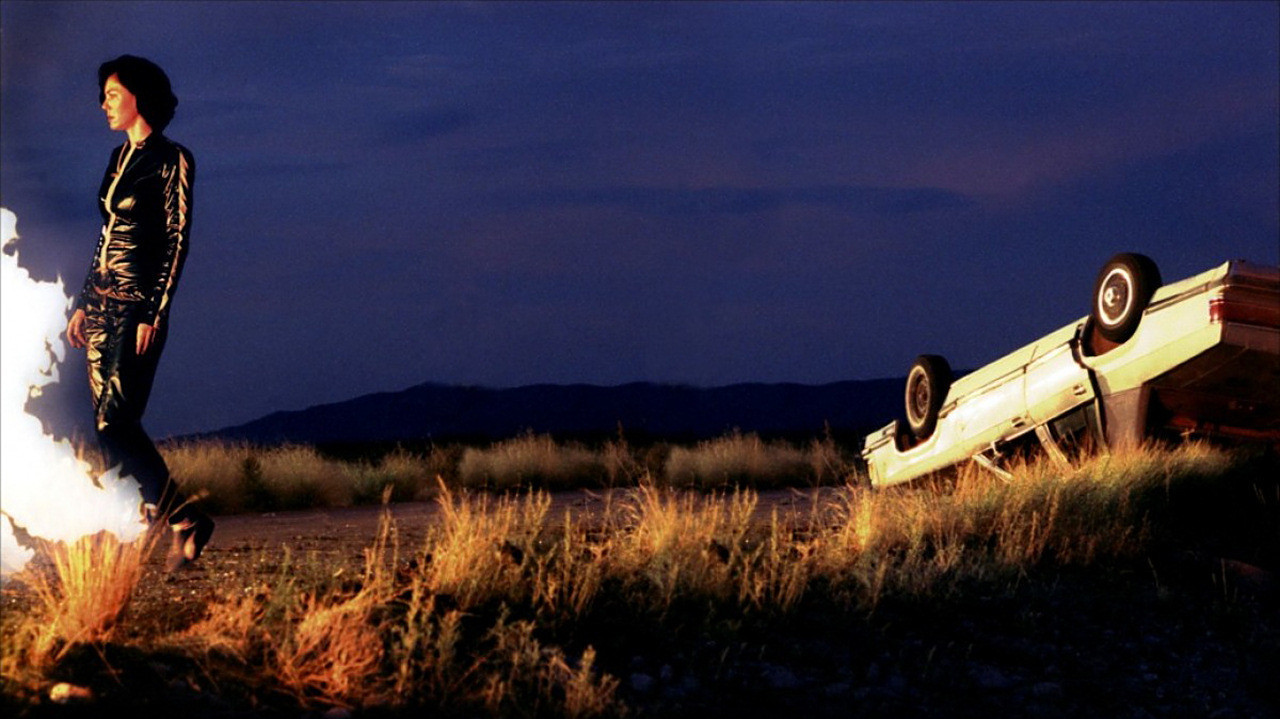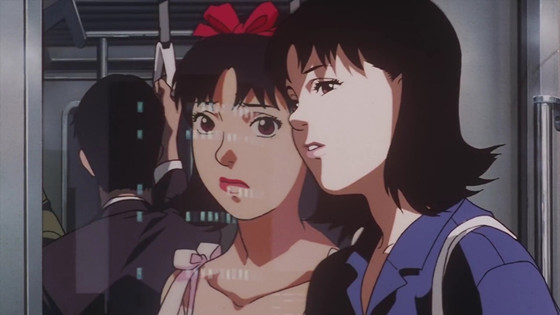
Surrealism, as defined by the movement’s founder André Breton, seeks to express the real functioning of consciousness, of thought. Such expressions are dreamlike and are absent of logic, stylization, and linearity. Normal objects and activities become displayed in abnormal or distorted ways that sever the traditional associations we have to them. Common themes explored in surrealist works include salvation and liberation of the mind, love and art, and deriding social and political institutions.
The films in this list utilize surrealism to unsettle the viewer and merge reality and dreams, rendering any logic useless. Surrealism is also shown to be an effective way to approach themes of trauma, isolation, and ailments to memory or mental functioning. When logic is suspended, a great opportunity arises to confront some very haunting things without the bounds that real life places on us, whether that be for the good or the bad. In all these films, the protagonist is essentially haunted by something they can’t escape: another person, a group of people, the sins of their past, their otherness, or maybe something completely indescribable. The only thing that is certain is that these images will stick around with you for a long time.
1. The Wolf House (2018)

The Wolf House, an animated horror concoction and debut feature of collaborators Cristóbal León and Joaquín Cociña, tells the story of a little girl named María who runs away from a strict religious commune that is based on real-life Colonia Dignidad in Chile. The story is framed as a cautionary tale, told by the leaders of the commune to discourage other children from leaving. When María finds a home in the woods, she finds two pigs inside. While the house constantly transforms, the pigs transform into humans and eventually turn on her. The “wolf”, which is more a part of the house than a creature lurking outside of it, permeates the walls with his cunning voice. Objects, walls, even María and the pigs, are constantly being destroyed and rebuilt with different colors, materials, and shapes, making the entire film very dream-like and sort of a visual representation of the trauma María is experiencing.
Impressively, the stop-motion was captured in exhibits in multiple museums around the world, and the sets were life-sized. The camera moves in every single shot, and the film never cuts to black, the effect is a single continuous shot. The viewer is effectively stuck inside the house with María, and with all the horrors it contains.
2. Under the Skin (2013)

Under the Skin, directed by Johnathan Glazer, stands in stark contrast to The Wolf House stylistically but presents a similarly alienating tale. The minimalist sci-fi thriller stars Scarlett Johansson as she drives a suspicious van around, picking up male hitchhikers. Once she seduces them, she brings them back to a run-down building and into a pitch-black room, where they sink into a black indefinite space and their life force (or something along those lines) is harvested – there is no explanation given for this in the film. The woman does her job apathetically, but after certain interactions, begins to question her role and identity. While it’s already suggested that she is an inhuman creature that’s posing as a woman, it becomes increasingly clear when she abandons her usual tasks and begins to look at herself differently and attempt to do things that she sees those around her doing.
Scarlett Johansson is unrecognizable as the alien woman, and gives a striking and cold performance. The film also has an impressive soundtrack composed by Mica Levi, which enhances the feeling of “otherness” surrounding the images on screen. What’s surreal about Under the Skin is the alien view of things that are normal to us as humans living in developed societies, which uncovers a darkness we don’t typically see. The actions that are unusual to us are presented as normal, so they are not elaborated on, which makes for quite an unsettling experience.
3. Inland Empire (2006)

David Lynch’s latest feature film Inland Empire is a terrifying and distorted thriller starring Laura Dern in her most powerful and shocking role. While she primarily plays an actress she also takes on different personas and characters that experience varying levels of confusion, horror, sadness, and pain. It starts when a new neighbor visits the actress and tells her about what she believes will happen in the new role the actress is waiting to hear back about, along with an “old tale”. Once she gets the role, the neighbor’s predictions begin to fall into place, and the actress’ world begins to fracture into different realities/dreams. Doors lead to unexpected places, people appear in different roles, humanoid rabbits mimic a television sitcom… the film is about as close to an actual nightmare as any filmmaker could get.
What really drives the surrealism and horror home is the sound design and the use of a hand-held digital video camera, which allowed Lynch to shoot significantly more footage and to create a more intimate and fast-moving environment to shoot in. The DV camera also provides a more “found footage” and gritty look, and the constant movement contributes to unsettling the viewer. With its three hour runtime, this is a film designed to make you go mad.
4. Demonlover (2002)

In Olivier Assayas’ 2002 cyber-thriller Demonlover, the body and mind are blended with the internet. Two internet companies are fighting to win a distribution deal for a Japanese hentai studio, which was just acquired by the Volf Corporation. It’s soon discovered that the Volf executive assigned to negotiate the deal, Diane de Monx, is working undercover for one of the internet companies, while her business partner and assistant are also working undercover but for the competition. Information is uncovered about Diane’s competition: the company secretly runs an interactive extreme kink site called Hellfire that has a live feed of people submitting to user requests. The competition for the rights to the studio becomes a deadly one; Diane loses control and becomes trapped in Hellfire’s grip.
In her desperate fight for power, Diane loses her sense of what’s real. She wakes up in unexpected places making her question her memory, and she experiences flashbacks of violence that happened long ago. Not only does this disorient Diane, but the viewer is also thrown off as to if what they’re seeing is reliable or some sort of dream. The whole film also follows a theme of desensitization to extreme sex and violence which is mainly influenced by the commodification of fetishes – the only thing that breaks this indifference towards the content is actually becoming a part of it.
5. Perfect Blue (1997)

Perfect Blue, another film that is heavily influenced by the rise of the internet, follows pop icon Mima as she retires from her J-pop group and pursues a career as an actress – a decision that will impact how she perceives her own identity. The decision also upsets a dedicated fan of Mima’s, who stalks her and eventually commits violence against her. The most frightening thing Mima finds after her transition into an actress is an online blog called “Mima’s Room”, where someone posing as Mima writes extremely detailed and personal diary entries. Uncertainty builds when scenes Mima is filming begin to blend with real life, and she has difficulty distinguishing between memories and hallucinations. She sees visions of her past self, which fans want to believe is the real and ideal Mima, since she is more innocent-seeming, cheerful, and submissive to their demands. She starts to witness the murders of people around her, and evidence suggests that Mima might be responsible.
What makes Perfect Blue the most haunting is that the audience is brought to Mima’s level and understanding, so that they aren’t aware of what is real any more than Mima is. This voyeuristic and unreliable perspective invokes paranoia and doubt makes the thrills all the more thrilling.